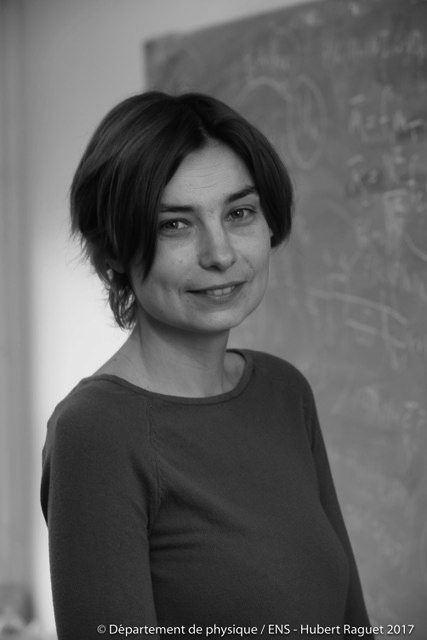Short bio
Aleksandra Walczak received her PhD in physics at the University of California, San Diego, working on models of stochastic gene expression. After a graduate fellowship at KITP, she was a Princeton Center for Theoretical Science Fellow, focusing on applying information theory to signal processing. Currently she is a CNRS research director at the Ecole Normale Superieure in Paris, interested in collective behavior, fly development and statistical descriptions of the immune system. She was awarded the “Grand Prix Jacques Herbrand de l’Académie des sciences” in 2014, the bronze medal of CNRS in 2015, the American Physical Society Fellowship, the Prix Jean Ricard of the French Physics Society in 2021 and the silver medal of CNRS in 2024. She was elected to the French National Academy of Sciences in 2024.
Topics of interest
Generative models, immune – viral co-evolution, statistical reproducibility, dynamics
Project in Prairie
I will focus on the co-evolution of the immune system with viruses and tumours. An important aspect of this direction is combining large scale datasets (immune repertoires, single cell sequencing, neutralization assays) with dynamical models to predict future evolutionary trajectories. I will exploit phenotypic reproducibility and develop dynamic forecasting, optimization and control methods to predict individual and population level immune response. I will also combine data to build generative immune–pathogen interaction models.
Quote
How can our adaptive immune system be prepared for the many pathogens we constantly encounter, even those that did not exist when we were born? A diverse ever-changing repertoire of receptor proteins on the surfaces of B and T cells interacts with pathogens, recognize them and initiates an immune response. The immune system is an example of how the interactions of many molecular and cellular elements result in the emergence of biological function – the recognition of pathogens. By combining statistical and machine learning based approaches to describe the formation of this distributed system, we can attempt identify its response to different pathogenic threats and propose predictive interventions.

